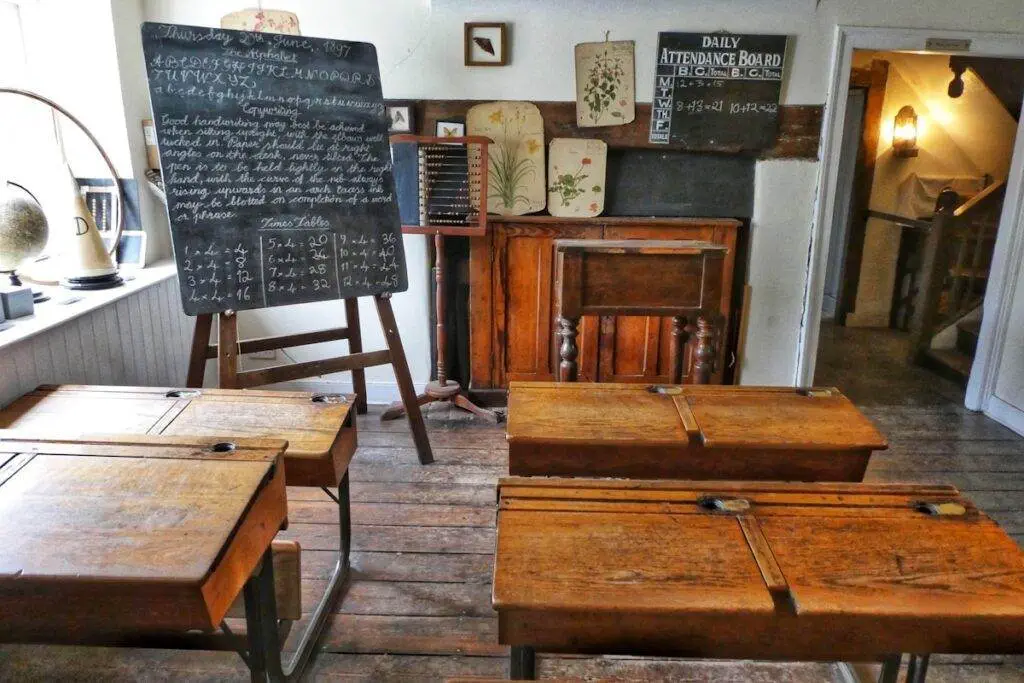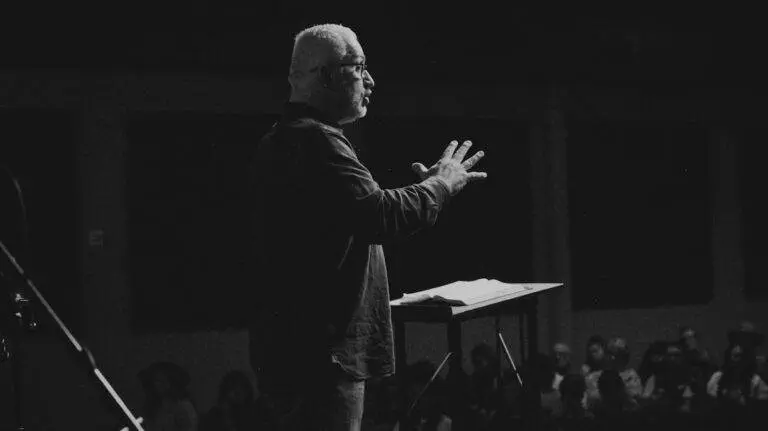Teaching Literature: Literature is a powerful tool for fostering critical thinking, empathy, and creativity in students. However, engaging students with complex texts can be challenging. In this post, we’ll explore seven effective strategies that educators can use to make literature come alive in the classroom.
Table of Contents
1. Contextual Introduction
Before diving into a text, provide students with relevant historical, cultural, and biographical context.
Why it’s effective: Understanding the context helps students connect with the material and appreciate its significance. It also aids in comprehending challenging language or unfamiliar concepts.
Implementation tip: Create multimedia presentations or interactive timelines to make the context more engaging and memorable.
2. Close Reading Techniques
Teach students to analyze texts closely, focusing on language, structure, and literary devices.
Why it’s effective: Close reading enhances comprehension and analytical skills, allowing students to uncover deeper meanings and appreciate the author’s craft.

Implementation tip: Start with short passages and gradually increase complexity. Use graphic organizers to help students track their observations and insights.
3. Creative Response Activities
Encourage students to respond to literature through creative projects such as artwork, dramatizations, or original writing.
Why it’s effective: Creative responses allow students to engage with the text on a personal level, fostering a deeper understanding and emotional connection to the material.
Implementation tip: Offer a variety of project options to cater to different learning styles and interests.
4. Socratic Seminars
Facilitate student-led discussions where participants ask open-ended questions and engage in collaborative dialogue about the text.
Why it’s effective: Socratic seminars promote critical thinking, active listening, and respectful debate. They also empower students to take ownership of their learning.
Implementation tip: Provide clear guidelines and model effective questioning techniques. Gradually reduce teacher involvement as students become more comfortable with the format.
5. Interdisciplinary Connections
Link literature to other subjects such as history, science, or art to highlight its relevance and broader implications.
Why it’s effective: Interdisciplinary connections help students see literature as part of a larger cultural and intellectual landscape, enhancing their understanding and appreciation.

Implementation tip: Collaborate with colleagues from other departments to create cross-curricular projects or thematic units.
6. Technology Integration
Utilize digital tools and platforms to enhance literature instruction and engage tech-savvy students.
Why it’s effective: Technology can make literature more accessible and interactive, catering to diverse learning styles and fostering digital literacy skills.
Implementation tip: Explore options such as virtual reality experiences of literary settings, online collaborative writing platforms, or interactive e-books with embedded multimedia content.
7. Real-World Applications
Help students connect literature to their own lives and contemporary issues.
Why it’s effective: Highlighting real-world relevance makes literature more meaningful and engaging for students, encouraging them to see its value beyond the classroom.
Implementation tip: Assign projects that require students to apply literary themes or concepts to current events or personal experiences.
The Impact of Effective Literature Teaching
When implemented thoughtfully, these strategies can transform the way students engage with literature:
- Enhanced Critical Thinking: By analyzing texts closely and engaging in meaningful discussions, students develop stronger analytical and reasoning skills.
- Improved Empathy: Literature exposes students to diverse perspectives and experiences, fostering empathy and cultural understanding.
- Stronger Communication Skills: Through discussions, presentations, and writing activities, students improve their ability to articulate ideas effectively.
- Increased Creativity: Creative response activities and interdisciplinary projects encourage students to think innovatively and express themselves in unique ways.
- Greater Appreciation for Literature: When students can connect with and find meaning in texts, they’re more likely to develop a lifelong love of reading.
Overcoming Common Challenges
Teaching literature comes with its share of challenges. Here are some common issues and how to address them:
- Student Disengagement: Combat this by choosing diverse, relatable texts and using interactive teaching methods.
- Difficulty with Complex Texts: Scaffold instruction by breaking down challenging works into manageable sections and providing ample support.
- Limited Time: Prioritize depth over breadth, focusing on thorough analysis of key texts rather than rushing through many works superficially.
- Assessment Concerns: Diversify assessment methods to include both traditional tests and creative projects that demonstrate understanding.
Conclusion
Teaching literature effectively requires a blend of creativity, adaptability, and a deep appreciation for the power of stories. The seven strategies outlined here – contextual introduction, close reading techniques, creative response activities, Socratic seminars, interdisciplinary connections, technology integration, and real-world applications – provide a robust toolkit for educators.
By implementing these strategies, teachers can create dynamic, engaging literature classrooms that not only improve students’ academic skills but also foster a lifelong love of reading. Remember, the goal isn’t just to teach students about literature, but to help them experience its transformative power.
Every class and every student is unique, so don’t be afraid to adapt these strategies to fit your specific needs. Experiment with different approaches, seek feedback from your students, and continuously refine your methods. With patience and persistence, you can create a literature curriculum that resonates with your students and leaves a lasting impact.
What strategy will you try in your next literature class? Whether you’re introducing a new novel, revisiting a classic play, or exploring contemporary poetry, these techniques can help you bring the text to life and make it meaningful for your students. Happy teaching!



1 Comment
Pingback: Victorian Gothic Literature: Exploring the Dark Heart of an Era